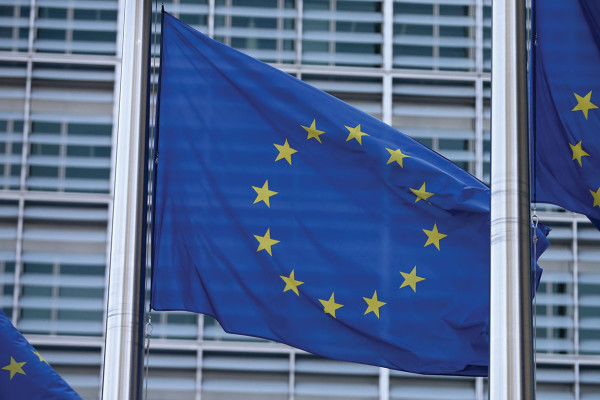

While markets continue to digest the results of the US presidential election, there are still several more political events a bit closer to home to keep an eye on.
The first bolt of lightning may have struck Washington DC, but elections and referenda in Europe will be the key determinants of the investment climate as 2016 draws to a close and markets enter the New Year.
Italy’s major Constitutional referendum, scheduled for 4 December, could have a direct impact on the country’s political future and a broader impact on Europe and its ongoing process of reform.
As they say, “when it rains, it pours,” and if my time in London has taught me anything, it is that I really do need to carry an umbrella - however light the drizzle may seem.
The Senate reform is a key element of Italy’s wider programme of reform and is designed to reduce the budget, power and number of Senators. Such a move would mark the end of Europe’s only perfect bicameral system, where the Senate of the Republic performs the same function as the Chamber of Deputies, but does so separately.
The reform could make it easier to pass laws, improving political stability. That stability is an important - and elusive - commodity in a republic that was only formed in 1946. Over the past 70 years, Italy has experienced 63 different governments, with each one lasting an average of 13 months. Strikingly, over the same period, Germany has seen just 23 governments and the UK fewer than 20.
Prime minister Matteo Renzi and his government have pursued a very ambitious programme of reform aimed at addressing some of Italy’s entrenched structural issues, which many believe have contributed to the prolonged period of low growth in the country’s economy in recent decades.
These issues include: tackling ingrained public service bureaucracy and inefficiency, reinvigorating manufacturing activity, increasing labour market flexibility, restructuring the justice system, and creating the right conditions for a more competitive economy.
A “Yes” victory would represent the most market-friendly outcome - and a robust endorsement of the current coalition’s ambitious programme of reform. Meanwhile, a “No” victory could have varying implications depending on the margin of difference between the “Yes” and “No” results.
My colleague, Paola Toschi in Milan said: “A small difference between the 'Yes' and 'No' votes could see the current coalition survive, but with reduced power. Under a decisive 'No' vote, the PM Renzi could be forced to resign, instigating a prolonged period of uncertainty and the possibility of snap elections. A 'No' result could stir up fresh social turmoil in the other European countries that are already facing a strong resistance to change ahead of important elections in 2017.”
From an investment perspective, political events remain one of the key risks facing Europe and have driven poor performance of European equities year to date. Nevertheless, we believe there are still opportunities to invest in European equities as both macro and micro fundamentals improve.
For fixed income markets, the strong support of the ECB helps limit the impact of high volatility on the European sovereign bond markets. Italy is the third-largest target market for the ECB’s bond purchasing programme. This is also very important for Italian banks, whose portfolios are over-exposed to Italian sovereign assets and could therefore suffer in the event of significant volatility in Italian government bonds.
As my third November based in the UK draws to a close, I have noticed another thing about the damp spell that characterises London’s winter weather: it’s the relentless fine drizzle that soaks you through - not just the sudden downpours. With a steady drip-drip of political watershed events in Europe expected to shape next year’s investment climate investors may need to prepare for both eventualities.
Nandini Ramakrishnan is global market strategist at JP Morgan Asset Management



.png)
